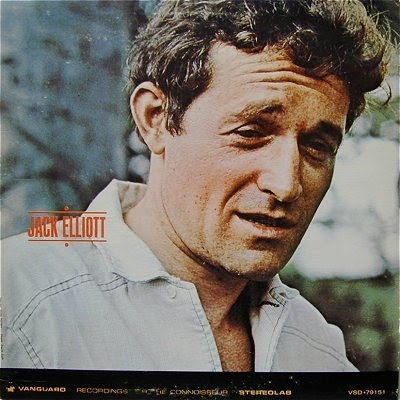 "Danny By The River" presents an almost complete soundboard from the first show on one of Neil Young’s early tours with Crazy Horse.
"Danny By The River" presents an almost complete soundboard from the first show on one of Neil Young’s early tours with Crazy Horse.Recordings from this show have been released before on the two LP vinyl release "Winterlong". The acoustic set has been released on "Acoustic Tokens" and "The Loner" (along with tracks from the January 21st, 1971 Boulder, Colorado tape). The electric set has been issued as "Electric Prayers". This recording is listenable and considered one of the better tapes from this tour, but it is incomplete with only a fragment of “Don’t Let It Bring You Down” and “The Old Laughing Lady” missing from the first half.
This soundboard tape has been issued before on the two cdr set "Winterlong" on The Swingin’ Pig (TSP-CD-042-2) but the master reel-to-reel surfaced recently with much better sound. Seymour was the first to press it on to silver disc with "Danny By The River". There are faint traces of hiss during the acoustic set and the emphasis is upon the middle frequencies with an overall dull and quality. The mix of the instruments is very good in the electric set with only a cut eighteen minutes into “Down By The River” eliminating some words of the final verse of the song. The sound quality is very good to almost excellent and, compared to the audience recordings circulating, offers the best sounding document.
Young played six shows with Crazy Horse in February 1969 at The Bitter End in New York, but Cincinnati is the first show on the first proper tour with his band as he explains before “Broken Arrow”, “This is the first of a series of concerts with Crazy Horse, mostly in the east. Only one west coast gig. Even though we live there we play here.” They played ten shows over a month and this is one of the longest with sixteen different songs performed over an acoustic solo set at the beginning and a full band electric set in the second half. “On The Way Home” opens the show and is followed by the Buffalo Springfield tune “Broken Arrow”, which Neil sings in a very shaky and out-of-tune voice. Before “Dance Dance Dance” he becomes very chatty and asks, “should I play one of those up temp ones for you? I don’t have many up-tempo ones. I live up tempo but play down tempo. This is a new song. It’s going to be on the next Crazy Horse album… It could have been a big hit by Tommy Roe” which ends abruptly after two verses with Neil saying “this is where the chicks start singing and I can’t do anymore”. Only a minute and a half of the new song “Don’t Let It Bring You Down”, making its stage debut, is played before segueing into “The Old Laughing Lady”. Whenever Young plays a solo acoustic set he brings warmth that add a lot. The electric set comprises is the bulk of the show. What warmth is lost is balanced by the intensity of the band playing together. “It Might Have Been” makes its live debut and is introduced as a song Young learned at a church dance and “kinda hokey”.
“Down By The River”, which reached thirty minutes in the Philadelphia show following this one, reaches a mere twenty in Cincinnati and is the only epic performed. It isn’t noted on the liner notes, but the post show talking is tracked separately. It is three and a half minutes of the audience calling for an encore and an announcer saying that the band are finished playing since they’ve gone past their contract.
Thanks to http://www.collectorsmusicreviews.com for informations.
Tracklist:
| 1-1 | On The Way Home | 3:39 |
| 1-2 | Broken Arrow | 5:48 |
| 1-3 | I Am A Child | 3:43 |
| 1-4 | Helpless | 6:01 |
| 1-5 | Dance, Dance, Dance | 3:30 |
| 1-6 | Sugar Mountain | 6:04 |
| 1-7 | Don't Let It Bring You Down | 2:27 |
| 1-8 | The Old Laughing Lady | 5:50 |
| 1-9 | The Loner | 5:29 |
| 1-10 | Everybody Knows This Is Nowhere | 4:23 |
| 1-11 | Winterlong | 5:22 |
| 1-12 | Come On Baby Let's Go Downtown | 4:36 |
| 1-13 | Wonderin' | 3:44 |
| 2-1 | It Might Have Been | 6:10 |
| 2-2 | Down By The River | 19:40 |
| 2-3 | Cinnamon Girl | 4:43 |
| 2-4 | Outro | 2:23 |
| Bonus Track : Philadelphia, February 28, 1970 | ||
| 2-5 | Down By The River | 31:49 |
Neil Young - Danny By The River (Cincinnati, February, 25, 1970) - CD 1
Neil Young - Danny By The River (Cincinnati, February, 25, 1970) - CD 2
(320 kbps, cover art included)
Now the second zippy-file includes the bonus track "Down by the river". Sorry for the mistake!












